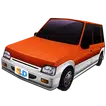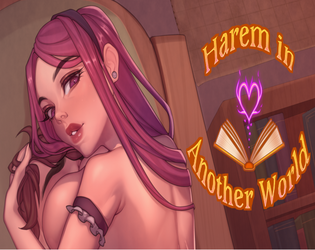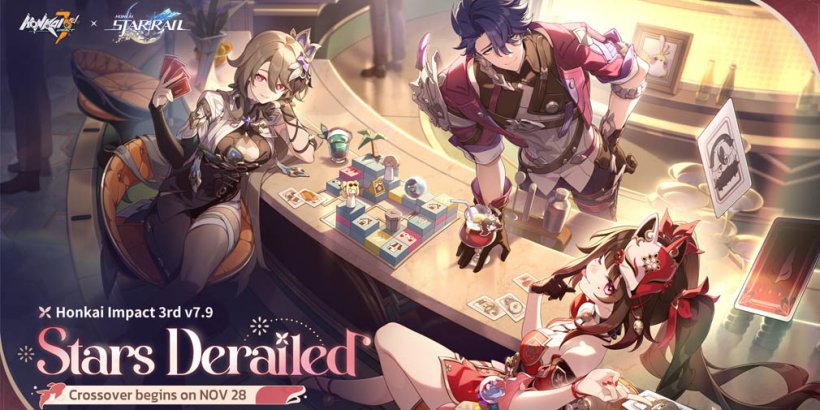Nintendo Staff Unveil Secrets of 'Angry Kirby'
Exploring the Evolution of Kirby's Image: From "Angry Kirby" to Global Consistency
This article delves into the fascinating story behind Kirby's varying appearances in Western and Japanese markets, as revealed by former Nintendo employees. We'll examine the localization strategies employed, the shift in marketing approaches, and Nintendo's evolving global strategy.
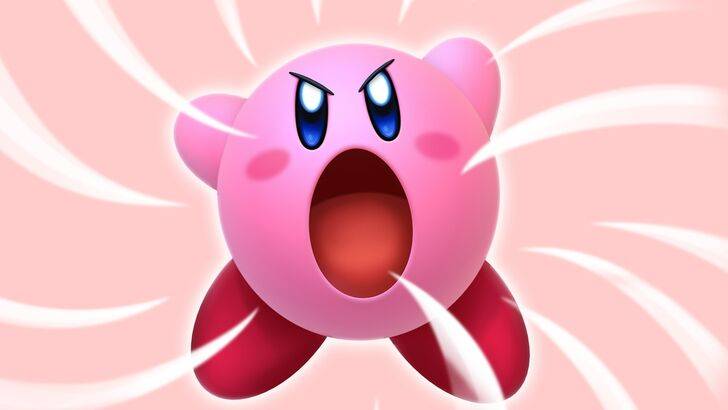
The "Angry Kirby" Phenomenon: A Western Marketing Strategy
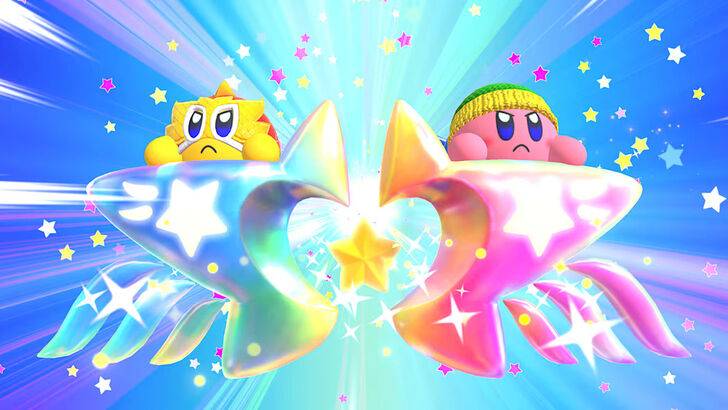
Kirby's portrayal in Western markets often featured a more determined, even "angry," expression on game covers and promotional materials. Former Nintendo Localization Director, Leslie Swan, clarified that the intent wasn't to depict anger, but rather to convey a sense of resolve, a characteristic deemed more appealing to Western tween and teen boys. This contrasts with the Japanese market, where Kirby's inherent cuteness remains a significant draw across all age groups, as noted by Kirby: Triple Deluxe Director Shinya Kumazaki. While the "tough Kirby" approach resonated in certain titles like Kirby Super Star Ultra, the core appeal of the character's inherent charm remained paramount in Japan.
Marketing Kirby: Beyond "Kiddie" Games

Nintendo's marketing shifted to broaden Kirby's appeal, particularly among boys. The memorable "Super Tuff Pink Puff" campaign for Kirby Super Star Ultra exemplifies this strategy. Former Nintendo of America Public Relations Manager, Krysta Yang, highlighted Nintendo's desire to move beyond the "kiddie" label often associated with the company and its games during that era. This led to a conscious effort to emphasize the combat aspects of Kirby games, aiming for a more mature image. While recent marketing focuses more on gameplay and abilities, the perception of Kirby as predominantly "cute" persists.
Localization Differences: A Look Back at Early Kirby Games
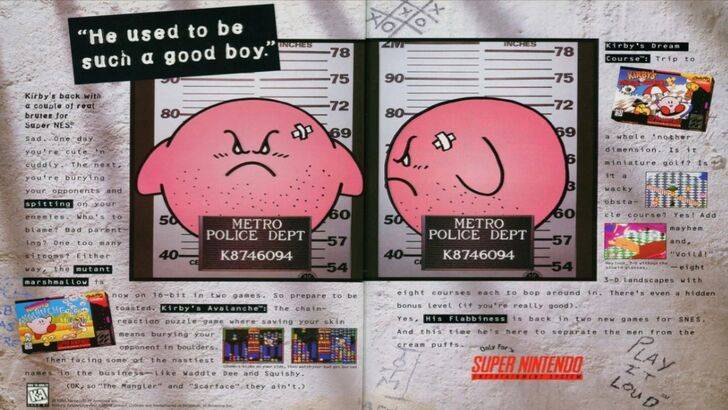
The divergence in Kirby's image between Japan and the U.S. is evident in early releases. The infamous 1995 "Play It Loud" advertisement, featuring Kirby in a mugshot, is a prime example. Subsequent game box art often showcased Kirby with sharper features and more intense expressions. Even the color palette differed; Kirby's Dream Land's U.S. release featured a ghostly-white Kirby, a decision influenced by the Game Boy's monochrome screen, which contrasted with the original pink hue. This early experience highlighted the challenges of marketing a "puffy pink character" to a Western audience seeking a "cooler" image.
A More Global Approach: Consistency and Brand Identity
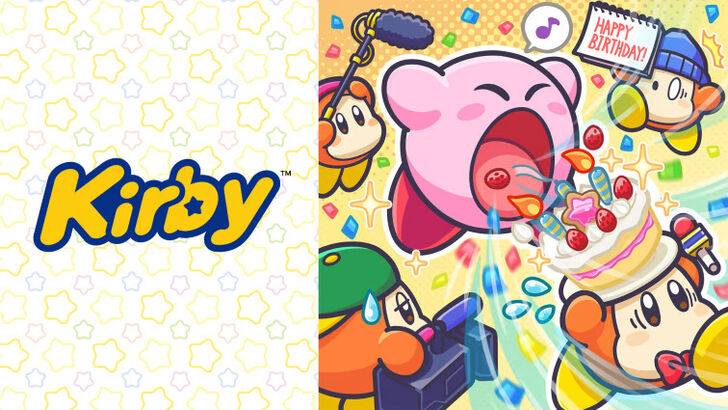
Both Swan and Yang agree that Nintendo has adopted a more unified global approach in recent years. Closer collaboration between Nintendo of America and its Japanese counterpart has led to more consistent marketing and localization strategies. The company is moving away from regional variations, aiming for a more unified brand image worldwide. While this global consistency offers benefits, it also risks overlooking regional nuances and potentially leading to less distinctive marketing. The evolution of the industry, increased awareness of Japanese culture in the West, and the growth of a global audience have all contributed to this shift.















![Salvation in Nightmare [v0.4.4]](https://imgs.21qcq.com/uploads/36/1719555347667e551321c26.jpg)

